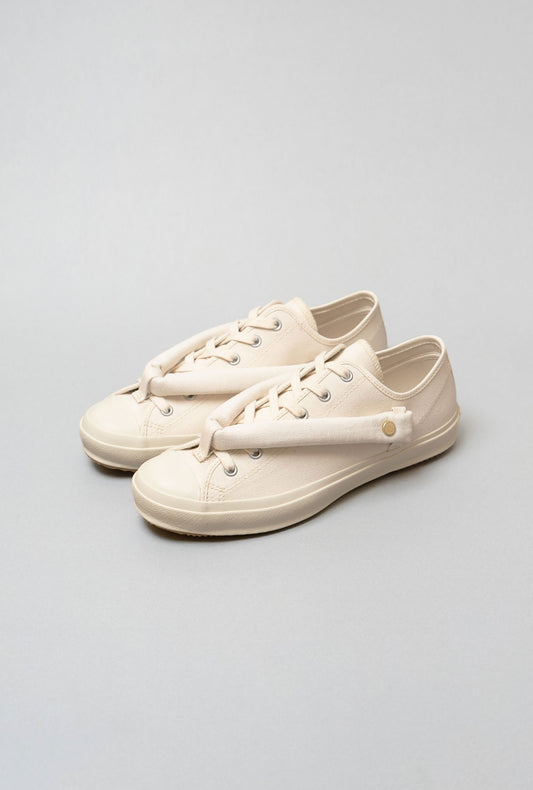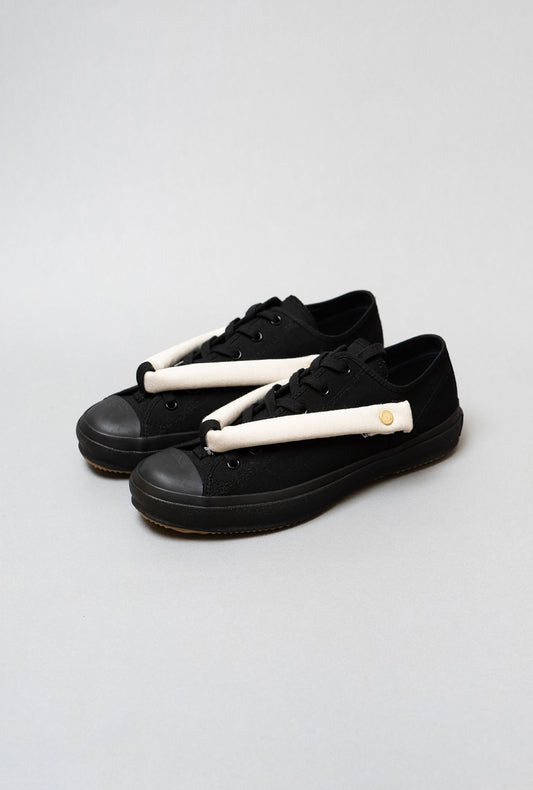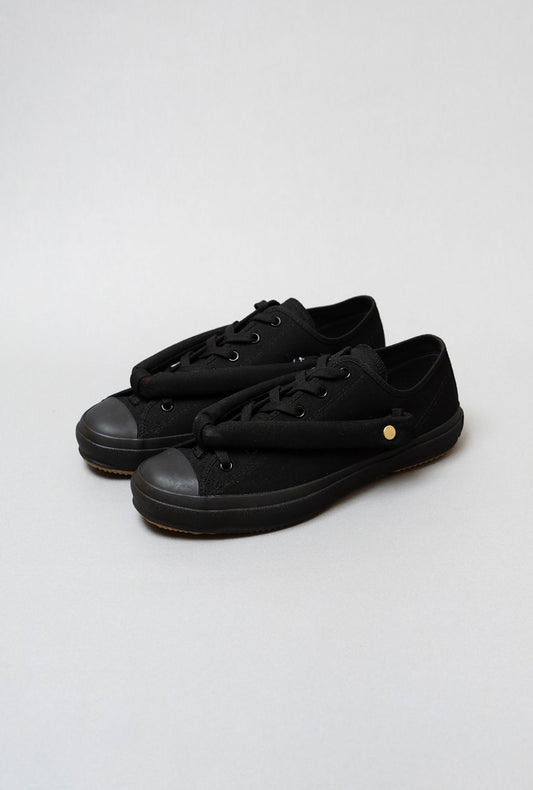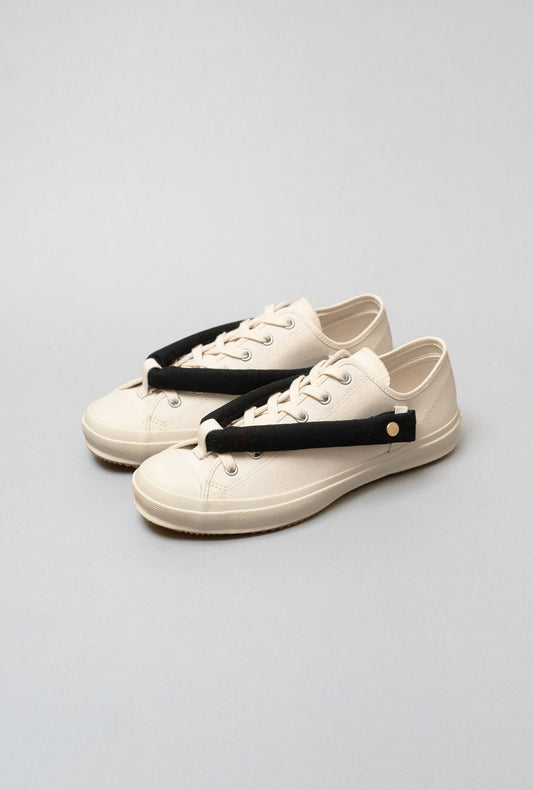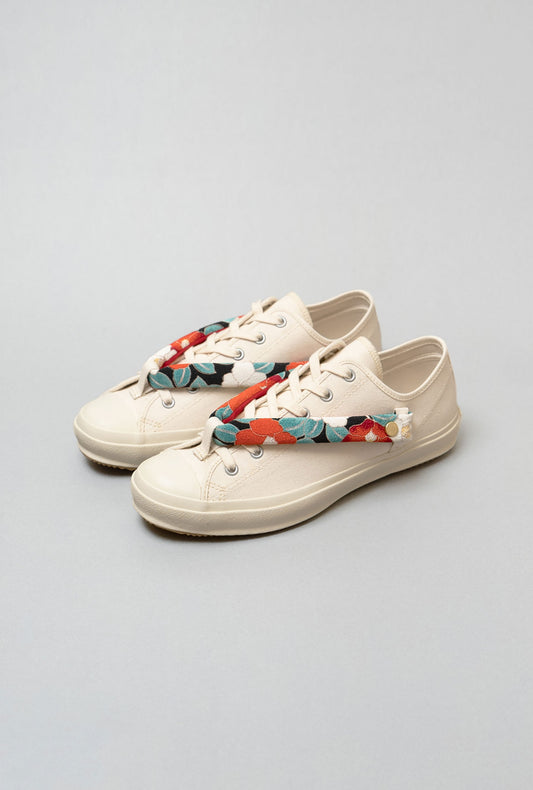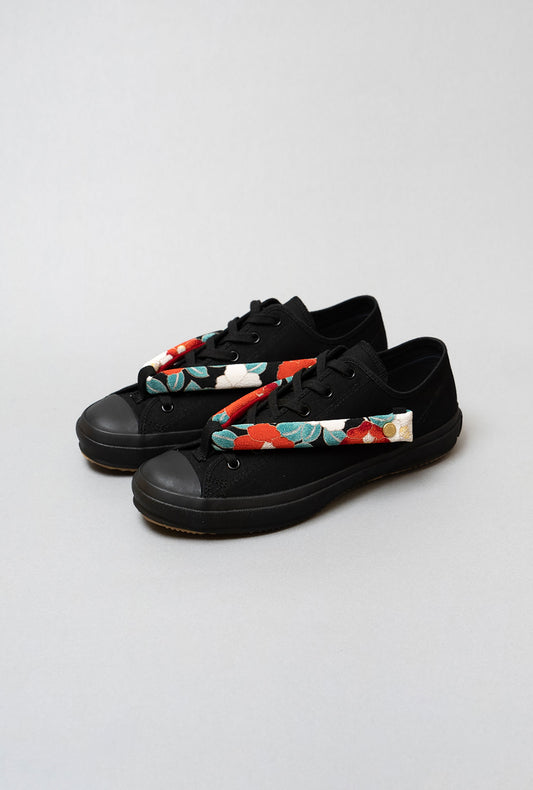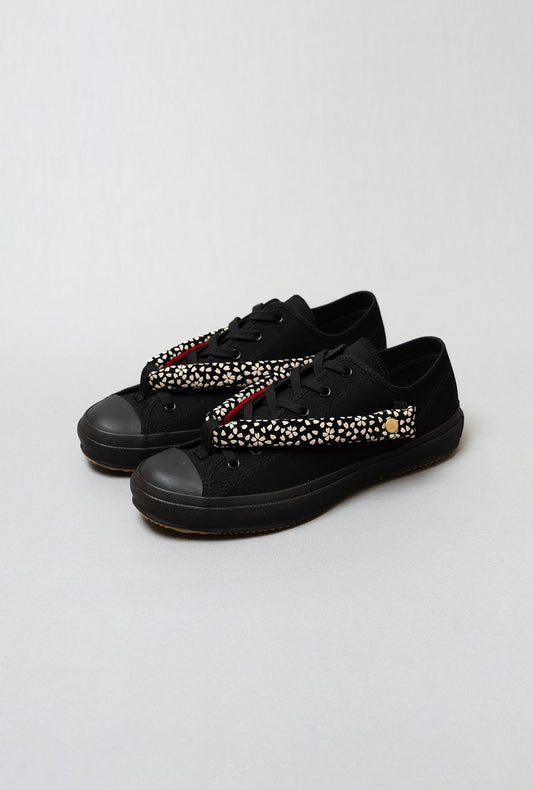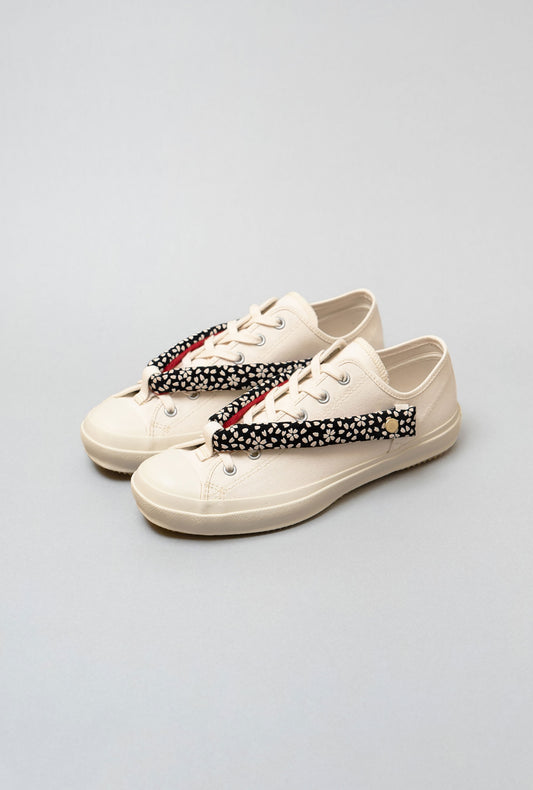February 2025, Kisaragi Katame (In-depth)
Share
" Things You Don't Necessarily Need to Know, but Knowing Them Enriches Your Life "
Hello! I’m Chika Mizobe, a staff member at Whole Love Kyoto (hereafter referred to as WLK).
This article is a continuation of last month’s Katame / Shogatsu Issue. (If you’re curious about the previous issue, you can read it in the "Journal" series on the WLK website.)
Near Chayama Station, right next to WLK’s shop, there is a store called Seishodo, which specializes in all kinds of vintage kimono-related items. While preparing for a photoshoot for WLK’s New Year’s post, featuring a kimono paired with HANAO SHOES, I had a meeting with Seishodo's owner, Sano-san, and staff member, Minami-san.
As we browsed through various hanao and kimono pieces, a lively “Gomenkudasaaai!” (Excuse me!) rang out as a group of customers entered the shop.
It was a three-generation family: daughter, her mother, and her grandmother. The daughter carried a long, narrow cover, from which she pulled out five or six dazzling obi sashes in red, gold, and other luxurious colors—one after another. (I had to suppress the urge to get a closer look and ask about them, choosing instead to quietly stay out of sight.)
She had come to Seishodo in search of a furisode (a long-sleeved kimono worn by young women) for her coming-of-age ceremony in January 2025.
Her goal was to find a furisode that would pair well with the obi her mother and grandmother had once worn. This was where Sano-san and Minami-san’s skills truly shone. With practiced ease, they began putting together outfit combinations.
It was swift yet seamless—effortless, but never rushed.
With a natural flow, they matched colors and patterns, pulling out furisode, obiage (decorative scarf-like sashes), and obijime (decorative cords) to complement the obi.
Since both of them are well-versed in both traditional kimono coordination and modern casual styling, the best approach was to share preferences while also trusting their expertise.

As I watched, I noticed the word Tsujigahana being exchanged between the customer and Sano-san.
The deep green furisode chosen by the daughter was decorated using a technique called Tsujigahana-zome.
During Japan’s feudal era, samurai leaders like Toyotomi Hideyoshi and Uesugi Kenshin wore garments adorned with this dyeing method.
As the Edo period began, artists who had been painting on fans started applying their craft to kimono, leading to the rise of Kyo-Yuzen (a form of hand-painted or stencil-dyed kimono).
Compared to Tsujigahana-zome, which requires intricate tying and dyeing to create patterns, Kyo-Yuzen allowed for greater artistic freedom and was much more efficient for mass production. As a result, Tsujigahana-zome eventually disappeared.
However, after World War II, a research institute dedicated to reviving Tsujigahana-zome was established. Today, a workshop called Eshiborian remains in Miyake Hachiman, Kyoto, preserving the craft.
In the spring of 2024, I visited this very workshop, and at WLK, we had been working on developing hanao featuring Tsujigahana-zome designs. Seeing this as the perfect opportunity, I excitedly shared everything I knew about the technique and the beauty of the furisode with the daughter, her mother, and her grandmother.
Things you don’t necessarily need to know—but knowing them enriches your life.
That’s something I truly appreciate, and I was so happy when the daughter, after learning about Tsujigahana-zome, confidently declared, “I’ll go with this one!” We even made a promise to meet again on the day of her coming-of-age ceremony.
One day, I’d love to take her to a Tsujigahana-zome workshop so she can witness firsthand the artistry behind her cherished furisode.

Snapshots from the coming-of-age ceremony have been uploaded to our website and social media. Be sure to check them out!
2025.2 Chihana Mizobe

